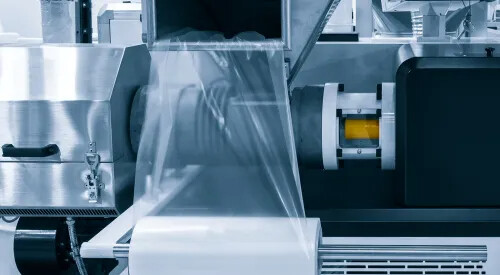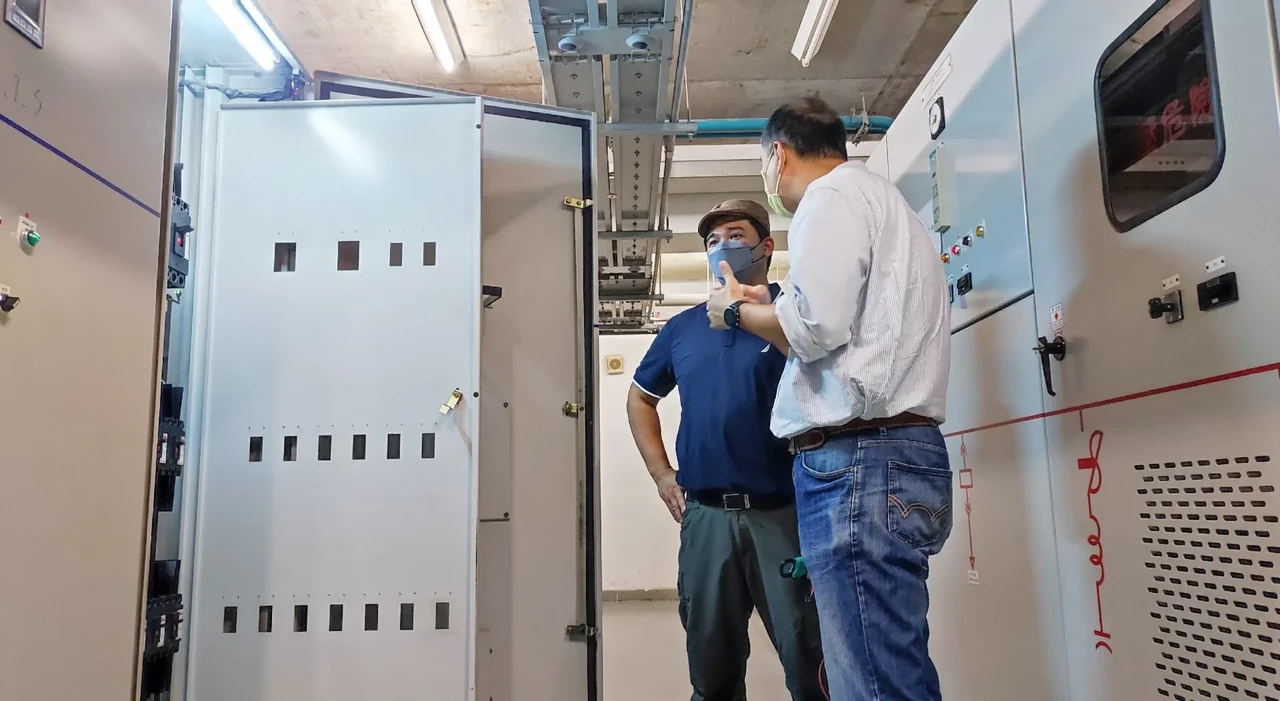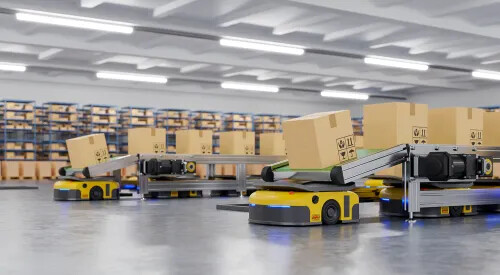In the packaging industry, the demand for high-performance films with enhanced barrier properties, durability, and cost-effectiveness is ever-growing. The three-layer blown film extrusion machine has emerged as a pivotal technology, enabling manufacturers to produce multi-layer films that meet diverse packaging requirements.
Core Features of the Three-Layer Blown Film Extrusion Machine
- Multi-Layer Co-Extrusion: The machine utilizes three extruders to co-extrude three layers of polymers, combining different materials to achieve desired properties such as strength, transparency, and barrier protection.
- Advanced Die and Feedblock Design: The co-extrusion die and feedblock ensure uniform distribution of materials, resulting in consistent film quality and performance.
- Internal Bubble Cooling (IBC) System: The IBC system enhances film cooling efficiency, improving film transparency and uniformity while reducing energy consumption.
- Modular Design for Versatility: The machine's modular design allows for customization, enabling the production of various film types, including shrink films, waterproof films, and electrostatic protection films
Applications in the Packaging Industry
The three-layer blown film extrusion machine is widely used in producing films for:
- Food Packaging: Films with excellent moisture and oxygen barrier properties to extend shelf life.
- Industrial Packaging: Durable films for packaging heavy-duty items and ensuring product safety during transportation.
- Agricultural Films: Films used in greenhouse applications, providing UV protection and enhancing crop yield.
- Medical Packaging: Films that meet stringent hygiene and safety standards for medical products
Advantages of the Three-Layer Blown Film Extrusion Machine
Enhanced Film Properties: The multi-layer structure allows for the combination of different materials, resulting in films with superior strength, barrier properties, and functionality.
Cost Efficiency: By utilizing recycled materials in inner layers and high-quality resins in outer layers, manufacturers can reduce material costs without compromising film performance.
Energy Efficiency: The IBC system improves cooling efficiency, leading to lower energy consumption and reduced operational costs.
Customization and Flexibility: The machine's modular design enables customization to produce films tailored to specific packaging needs, enhancing product versatility.
Conclusion
The three-layer blown film extrusion machine represents a significant advancement in packaging technology, offering manufacturers the ability to produce high-performance films that meet diverse industry requirements. By integrating multi-layer co-extrusion, advanced cooling systems, and modular design, this machine provides a comprehensive solution for modern packaging challenges.




